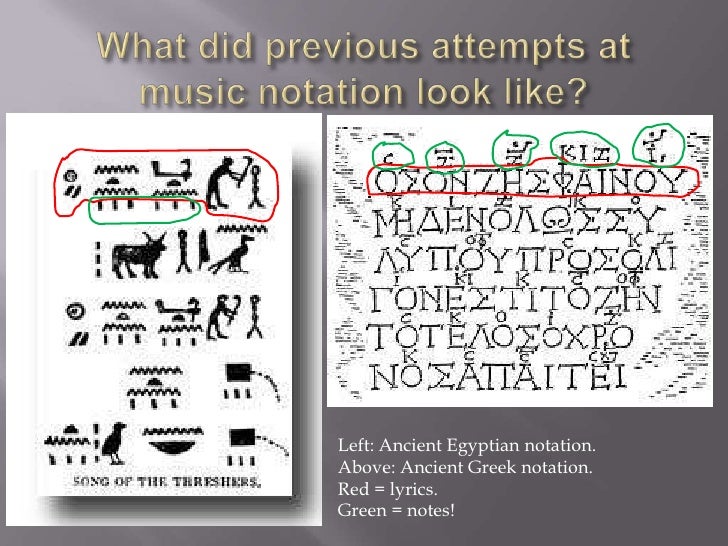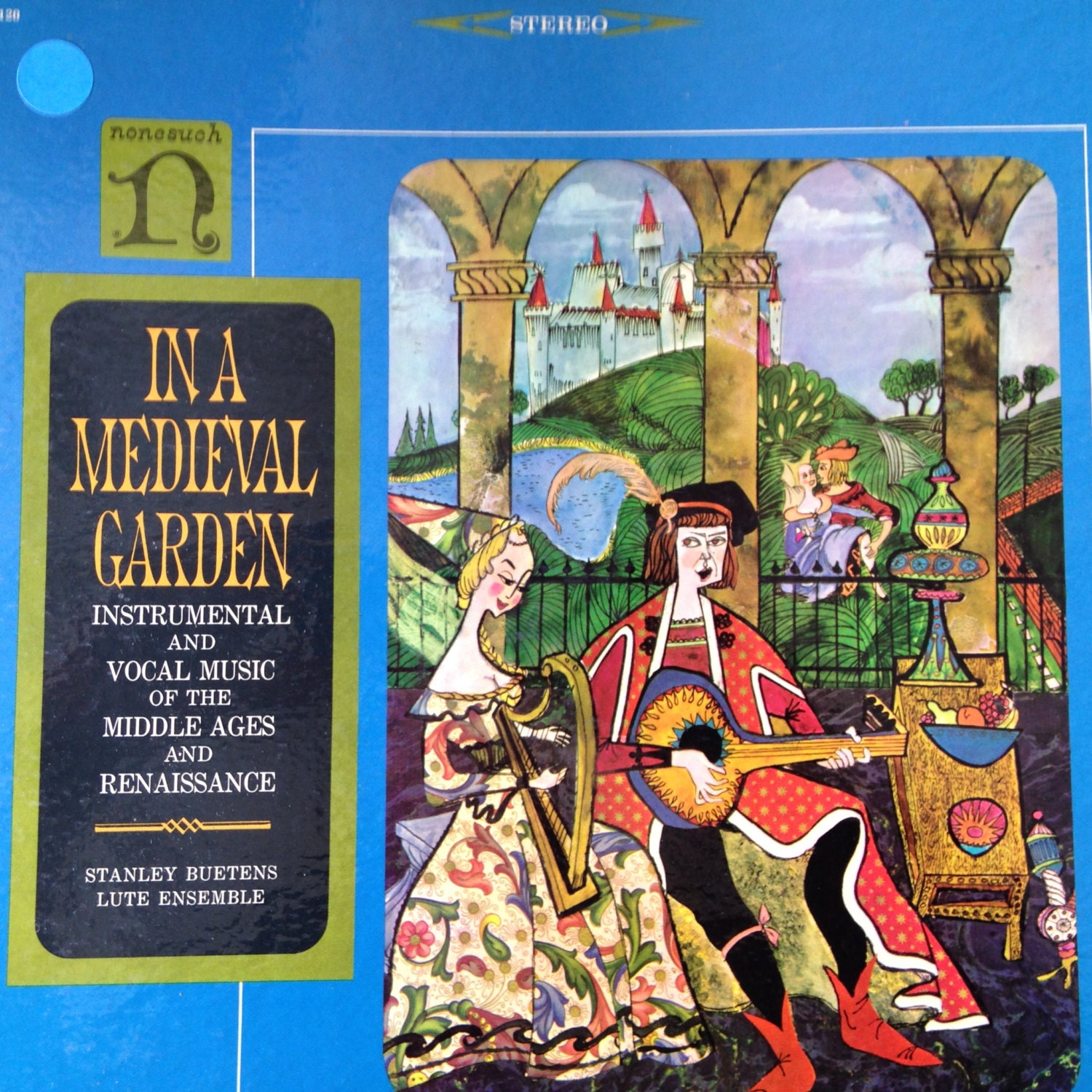



There are also some leaves of music, not integral to the manuscript: Foweles in þe frith for two voices, a French motet, and the mostly monophonic melody which is the subject of this article. The document comprises statutes from various towns other legal matters items relating to Coventry, such as gifts of land and letters to and from the prior of the Benedictine Priory of Coventry Cathedral, including the only known record of the death of its 11 th century founder, Countess (now erroneously known as Lady) Godiva and verses on love in three languages. We can be sure it dates from the late 13 th and mid 14 th century since specific dates are mentioned: 1286-1307, 1303, 13. On his death he bequeathed his collection to the Bodleian Library, Oxford, including a manuscript catalogued as Douce 139. (Citole based on the British Museum citole, commissioned by Ian Pittaway, made by Paul Baker.) The manuscript Antiquarian Francis Douce, 1757-1834.įrancis Douce (pronounced Douse), 1757–1834, was an English antiquarian who collected manuscripts, prints, books, drawings, coins, and games dating from the 8 th to the 19 th century. This is one possible and non-definitive interpretation. Since many aspects of the music are inconsistent or problematic, 1300, this article looks for solutions, with a video of one possible interpretation on citole.Ĭlick the picture to play the video, which opens in a new window.Īn untitled instrumental piece from the late 13 th to mid 14 th century English manuscript,ĭouce 139, often titled Estampie or English dance in modern editions, played on citoleīy Ian Pittaway. What is an estampie? Is the Douce 139 piece an estampie? How can the musical problems left by the scribe’s imperfect notation be reconciled? Drawing on music theorist, Johannes de Grocheio, writing in c. This article works through the puzzles in order to gain some performable answers. The music is untitled, and is often named Estampie or English Dance in modern sources. The scribe appears to have changed his mind partway through on several issues of notation, leaving us to make judgements about intention. It is exciting in its musical drive and complexity, but interpretation has its problems. One of the earliest surviving pieces of English instrumental music has survived with the 13 th–14 th century manuscript, Douce 139, now in the Bodleian Library, Oxford.


 0 kommentar(er)
0 kommentar(er)
